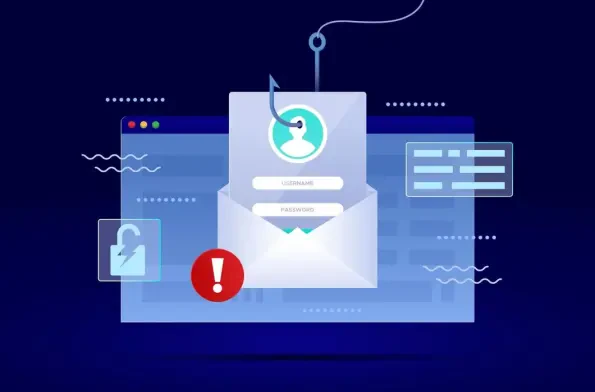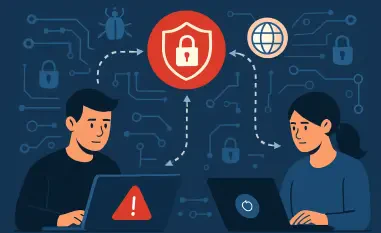In the ever-evolving landscape of software development, the security of open-source ecosystems remains a pressing concern, especially when a widely trusted tool becomes a vector for malicious intent. A staggering incident involving eslint-config-prettier, an npm package with over 3.5 billion downloads, has sent shockwaves through the developer community. On July 18, this critical dependency, used by millions weekly, was compromised in a sophisticated phishing attack that targeted its maintainer. Detected within hours by vigilant security teams, the breach exposed the fragility of trust in supply chain networks. The malicious versions released during this short window had the potential to impact countless projects, highlighting a growing threat in modern development practices. This event serves as a stark reminder of the need for heightened vigilance and robust safeguards in an era where automation and dependencies dominate software creation.
Unveiling the Security Breach
The Phishing Campaign That Struck
The attack on eslint-config-prettier unfolded through a meticulously crafted phishing scheme that exploited human vulnerability with alarming precision. Spoofed emails mimicking official npm support communications, complete with tokenized URLs, lured the package maintainer to a counterfeit site designed to steal credentials. Once access was gained, attackers swiftly published tainted versions of not only eslint-config-prettier but also related packages like eslint-plugin-prettier and synckit. These corrupted releases embedded a script to deploy the Scavenger remote access Trojan (RAT) on Windows systems, posing a severe threat to unsuspecting users. Despite the malicious code being active for less than two hours, the package’s enormous reach—36 million weekly downloads—meant that even a brief exposure could have catastrophic downstream effects. This incident underscores how targeted social engineering can bypass technical defenses, exploiting trust to infiltrate widely used software components.
Rapid Detection and Immediate Risks
Security researchers from specialized teams identified the breach on the same day, showcasing the importance of proactive monitoring in mitigating damage from such attacks. Their swift action revealed that 46 projects had already integrated the compromised versions within the narrow window of exposure. The inherent risk was amplified by the sheer volume of users relying on eslint-config-prettier, making it a prime target for attackers seeking widespread impact. A deeper concern emerged from the discovery that over 14,000 projects improperly listed the package as a direct dependency rather than a devDependency, a misconfiguration that could allow malicious code to seep into production environments. This lapse in dependency hygiene transformed a contained issue into a potential systemic threat, illustrating how seemingly minor oversights can escalate vulnerabilities. The rapid spread during such a short timeframe serves as a cautionary tale about the cascading consequences of supply chain breaches.
Addressing the Broader Implications
Automation’s Double-Edged Sword
One of the critical factors that fueled the spread of this attack was the reliance on automated update tools, which, while beneficial, can inadvertently introduce risks. Tools like GitHub’s Dependabot, designed to keep dependencies up to date, automatically opened and merged pull requests incorporating the malicious versions in several repositories, including those managed by prominent organizations. This automation, lacking human oversight, enabled the tainted code to infiltrate systems before the breach was contained. Notably, projects using self-hosted runners for builds faced greater exposure compared to those on GitHub-hosted runners, where persistence of harmful code is more limited. This incident highlights a paradox in modern development: automation streamlines efficiency but can amplify vulnerabilities when exploited. Developers must balance the convenience of such tools with rigorous checks to prevent unintended consequences from rapid updates.
Strengthening Defenses Against Future Threats
To safeguard against similar incidents, adopting stricter security practices is imperative, particularly in managing dependencies and automation workflows. Recommendations include delaying non-critical updates to allow time for identifying malicious versions, ensuring clear separation between dependencies and devDependencies, and configuring build processes to avoid unnecessary installations in production. Additionally, manual review of automated pull requests before merging can serve as a crucial barrier against compromised code. The incident with eslint-config-prettier revealed the fragility of trust in open-source ecosystems, where a single breach can ripple through millions of projects. As supply chain attacks grow in sophistication, the developer community must prioritize dependency hygiene and cautious automation. Reflecting on this breach, it became evident that robust safeguards and heightened awareness are essential to protect the integrity of software development in the face of evolving threats.













